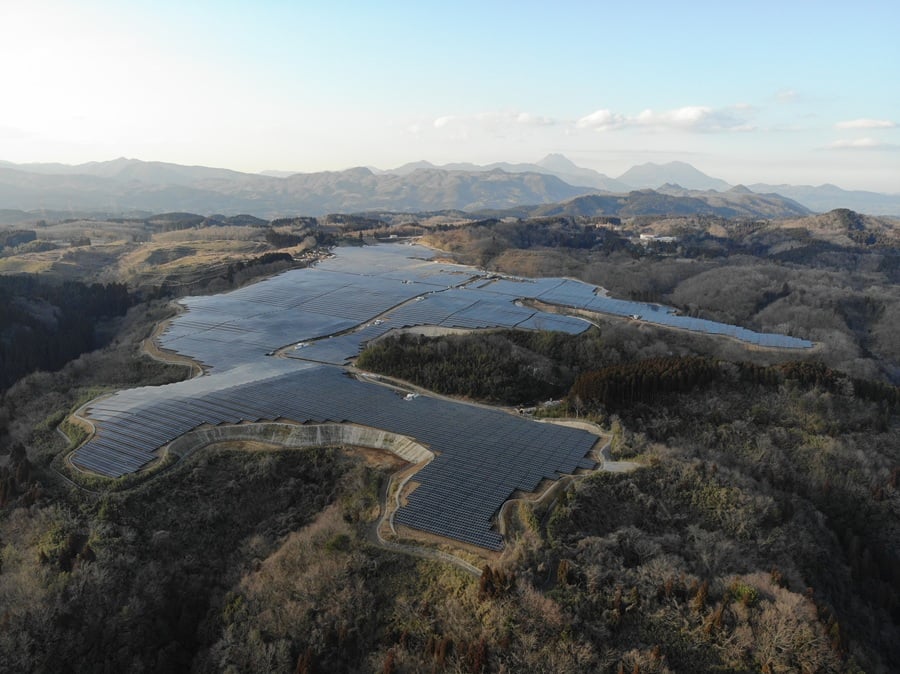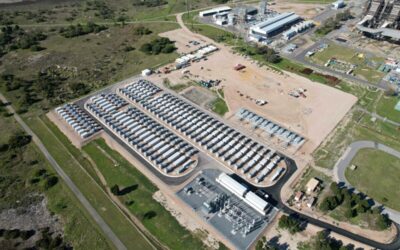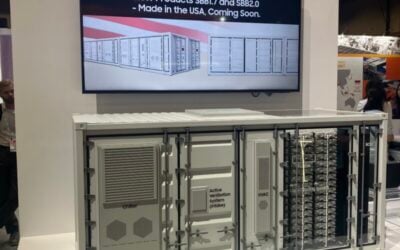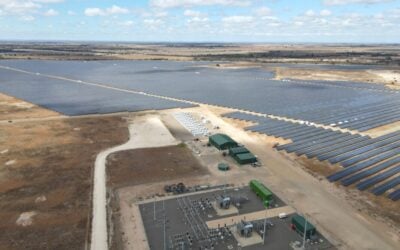
Utility Osaka Gas and developer Sonnedix are installing what is claimed to be the largest battery storage facility co-located with renewable energy generation in Japan so far.
The two companies announced yesterday (4 November) that their jointly operated business is constructing a 30MW/125MWh battery energy storage system (BESS) at a Sonnedix solar PV plant in Kyushu, southern Japan.
Construction began in October 2024, and the partners are scheduled to bring it into commercial operation in November 2026.
US technology provider Tesla will provide its Tesla Megapack BESS solution, likely manufactured at its ‘Megafactory’ in Shanghai, China, from which Tesla’s energy storage division serves markets outside the US.
Enjoy 12 months of exclusive analysis
- Regular insight and analysis of the industry’s biggest developments
- In-depth interviews with the industry’s leading figures
- Annual digital subscription to the PV Tech Power journal
- Discounts on Solar Media’s portfolio of events, in-person and virtual
Engineering, procurement and construction (EPC) duties will be carried out by Japan’s Toshiba Energy Systems & Solutions Corporation. Osaka Gas will carry out route-to-market (RTM) trading and optimisation of the battery asset.
Standalone battery storage projects of comparable or even larger size are in development or construction in the country.
For example, another utility, Kansai Electric Power Company (KEPCO), said in May that construction was due to commence at a 99MW/396MWh BESS plant in Osaka Bay, for a commercial operation date (COD) in February 2028. Last month, Daiwa Energy & Infrastructure (DEI), an asset manager backed by investment bank Daiwa Securities announced its investment in a 38MW/160MWh project in Hokkaido, Japan’s most northern of its main populated island.
However, Japan has to date seen few co-located or hybrid solar-plus-storage plants at the multi-megawatt scale of the Osaka Gas and Sonnedix project.
The Japanese subsidiary of European solar PV developer Sonnedix brought online its 38.7MW solar generation facility in Oita City, in Kyushu’s Oita Prefecture, in March 2020. It agreed a 20-year power purchase agreement (PPA) for the plant’s output with local utility Kyushu Electric Company.
Controlled dispatch of solar PV plant’s output
As Osaka Gas pointed out in its announcement about the BESS project, the expansion of renewable energy adoption in Japan has increased the need for output control of generation to the grid network.
An abundance of daytime solar energy is particularly pronounced in Kyushu, a sunny island with abundant land and a now-congested grid, which is nonetheless a significant population centre with approximately 12 million residents and additional seasonal tourism.
Sonnedix said the BESS will be paired directly with the solar PV plant and enable the optimisation of solar generation as “dispatchable, market-responsive power”.
The developer carried out a JPY21.4 billion (US$139.3 million) refinancing of the Oita solar plant, arranged by bank MUFG, which has been a consistent investor in energy storage projects overseas and more recently in Japan.
Sonnedix Japan has brought online just under 500MW of solar PV in the country, along with 601.5MW of plants in its management. The Oita project is its only one in Kyushu to date, while the BESS retrofit to it marks the developer’s first BESS project in Japan.
Parent company Sonnedix Power Holdings is majority-owned by institutional investors advised by JP Morgan.
Samsung C&T enters JV to develop projects nationwide
In other Japan BESS news, Samsung Construction & Trading (Samsung C&T), a construction and engineering group founded by South Korea’s Samsung in 1938, has entered a joint development agreement with a power generation company, Erex.
Announced yesterday by Erex, the two parties signed a memorandum of understanding (MoU) on 31 October, agreeing to create a joint venture (JV) with equal investment.
The JV will develop BESS projects nationwide, beginning with a 2MW/8MWh project in Kushima City, Miyazaki Prefecture, which is also in Kyushu. The scale will grow from this, with the pair targeting projects of 20MW or more in size.
Erex pointed out that Japan’s Agency for Natural Resources and Energy has estimated that between 14.1GWh and 24.8GWh of battery storage capacity is expected to be installed in the country by 2030.
The company said it will bring its power trading experience to the JV, as well as a track record of successfully negotiating Japanese permitting and approvals processes, paired with Samsung C&T’s strengths in procurement and developing financing structures.
Japan’s grid-scale battery storage market has seen a mini-boom over the past couple of years, driven by a convergence of policy and regulation changes, including the first power trading market entry of two BESS units by developer Pacifico Energy in 2023.
However, while favourable conditions include the ability to stack revenues across applications, such as merchant opportunities for ancillary services, energy balancing, and power trading, as well as capacity market contracts and subsidy schemes, some sources have highlighted challenges within the market and barriers to entry.
These include lengthy permitting and interconnection wait times, a scarcity of land, and a regulatory environment still in flux as it evolves to accommodate the relatively new technology and power market asset class that energy storage represents.
Read our recent two-part ESN Premium series: ‘Japan: Large-scale battery storage opportunities in an evolving market’ and ‘Japan: Strong fundamentals for energy storage drive expectations despite challenges’.





